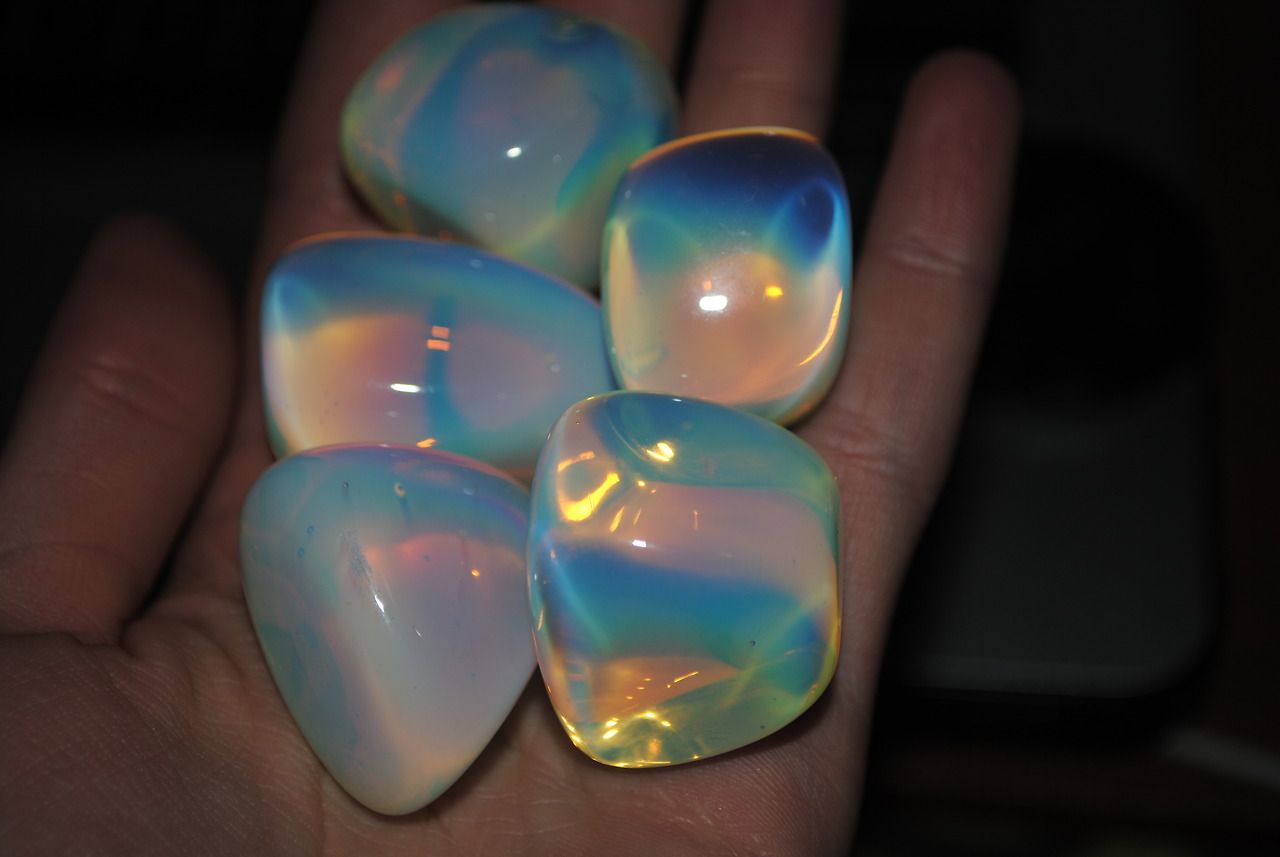Since the beginning, valuable pearls have been frequently comprehended to be rubies, sapphires, emeralds and precious stones. Today, these delights are alluded to as pearls like some other yet the notoriety of these mainstream gemstones makes them the most looked for after pieces. Rubies and sapphires are gotten from Corundum or Aluminum Oxide, a mineral running second just to precious stone as the hardest regular mineral in presence. Volcanic procedures in the profundities of the earth by the transformative procedures used to move high warmth and high-pressure into crystalline structures structure this mineral. These Aluminum Oxide gems alone are clear and just when polluting influences enter the stone during the recrystallization procedure do they structure the conventional valuable stones rubies and sapphires. Corundum arrives in an assortment of hues and relying upon the translucence of the precious stone field can be profoundly important.

Sapphires are framed when limited quantities of titanium and iron saturate the cooling Aluminum Oxide. These blue gemstones arrive in a scope of shades, from pale, frigid blue to more profound cobalt shading. Sapphires can likewise be orange-pink, purple, green, white, brilliant and dark, contingent upon hints of different components. Any sapphire other than blue is known as an ‘extravagant’ sapphire. Sapphires are a trigonal gemstone meaning the regular precious stone structure is a three-sided crystal. A fascinating type of sapphire is the point at which it is joined with the component rutile making an asterism and gives a six pointed star shape when seen with an overhead wellspring of light. At the point when a sapphire is completely soaked with pollutions of chromium which make it red, it is known as a ruby. Rubies are the red-hued type of corundum. A ruby’s common precious stone structure is a hexagonal crystal. At the point when an Opalite or sapphire has polluting influences or more vulnerable shades of shading, they can be heat-rewarded to upgrade their tremendous shine.
Emeralds are gotten from Beryllium Aluminum Silicate, an uncommon and hard mineral that is framed in nosy, molten sources in caverns with rock and pegmatite. The absolute generally important and acclaimed emeralds originate from Colombia. Beryl stores have likewise been found in transformative rocks where beryllium, aluminum and silicate components leak out of stone and solidify on silica-poor stone arrangements in the close to region. These delightful green to green-blue jewels are hexagonal precious stones shaped when the component chromium cooperates with Beryl. Most valuable gemstones are depreciated when impurities or gas bubbles and different minerals or small breaks are framed inside the gemstone. For emeralds, this is not the situation. Rather, this gives the stone ‘character’ and guarantees its novel, unique worth. Different less significant assortments of beryl gemstones incorporate heliodor morganite and sea blue.